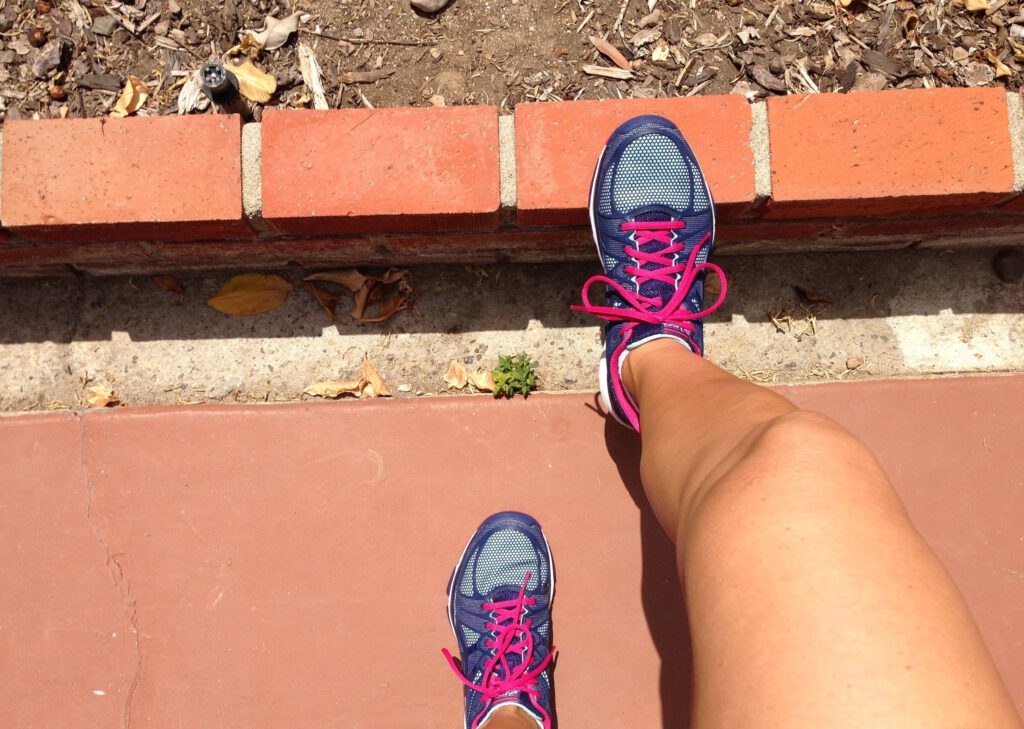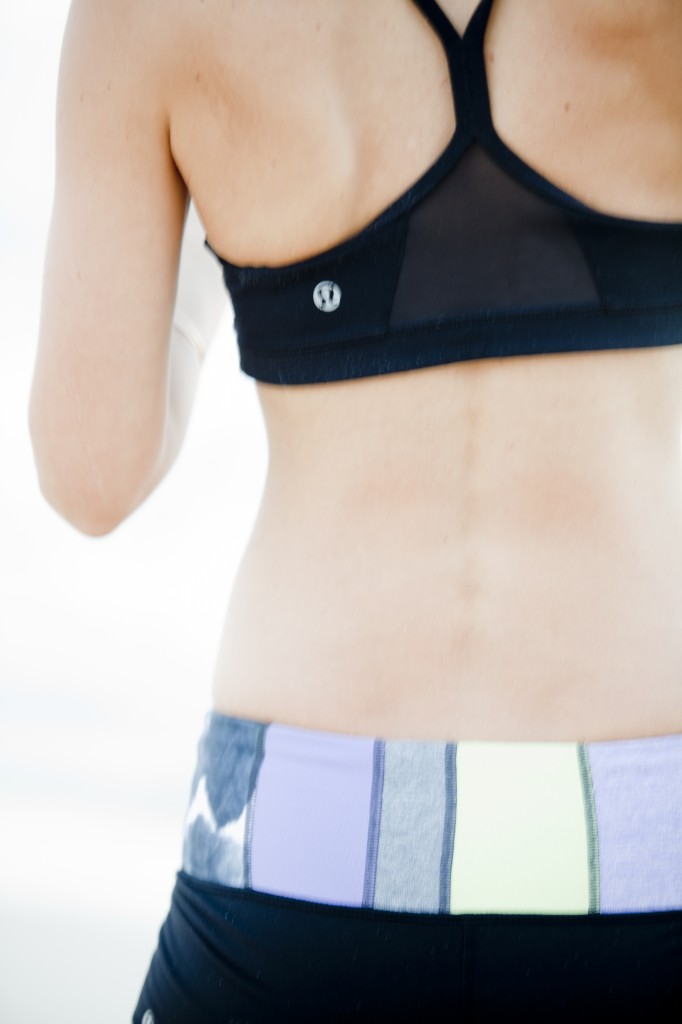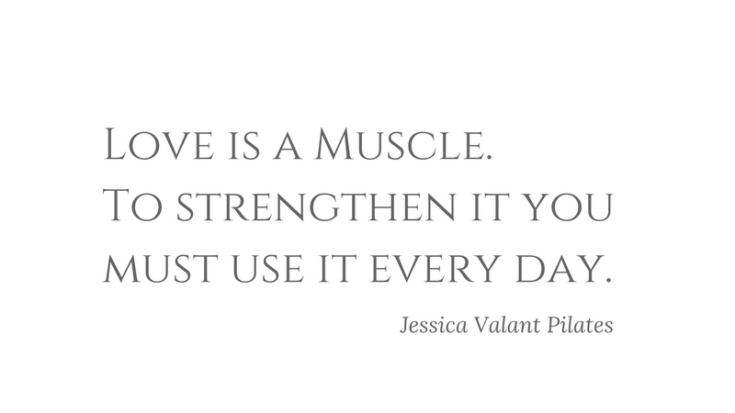You are innocently doing laundry and you bend over to pull the heavy, wet load out of the washer.
That’s when you feel it the pain, and it doesn’t feel good.
One of the most common questions I get from people looking for back pain treatment is whether they should use ice or heat.
I also get asked this same question about neck, shoulder, knee, groin, elbow, wrist and ankle pain. The answer is the same and will apply to any of these body parts.
While it may seem like a simple question, the answer can vary tremendously depending on who you ask!
“Alternate ice and heat constantly for 24 hours.”
“Go stand in a hot shower.”
“Take an ice bath right away.”
“Sit in your hot tub.”
“Get a hot stone massage.”
“Use frozen peas.”
No wonder it’s such a confusing question!
Let’s discuss the difference between using ice and heat, and which one is better for body aches and back pain treatment.
What do ice and heat do in the body?
Ice
Ice constricts the diameter of blood vessels in the area, thus causing a DECREASE in blood flow and swelling. This is what makes ice is an anti-inflammatory. Less circulation and blood flow in the area equals less inflammation and swelling. Ice can temporarily cause a feeling of stiffness due to the decreased blood flow.
Ice is included in the well known “RICE” protocol for acute injuries and swelling: rest, ice, compression, elevation.
Heat
Heat dilates the blood vessels in a given area, causing an INCREASE in circulation and blood flow. It helps relax tissues and can give more range of motion when an area feels tight. It can also exacerbate inflammation and swelling in the area due to the increased blood flow.
Why does this matter?
In order to determine whether you should use ice and heat, you need to know the state of inflammation your body is in.
There are two different types of inflammation: acute and chronic. For our purposes, we are going to cover acute inflammation. Chronic inflammation – which can happen in the body due to auto-immune diseases, diet, and other issues – is important to understand as well, but doesn’t fall into our ice or heat discussion.
Acute inflammation happens immediately after an injury to the tissue. It is a protective mechanism of the body and involves a rush of cells and fluid to the area. The purpose is to eliminate the initial cause of injury, remove injured cells and tissue and initiate the repair process.
While that is a good thing and something we want to happen, inflammation can also damage healthy tissue in the area if it is allowed to go on too long. It can cause pain and decreased range of motion, and can inhibit our ability to heal.
Think of the knee, for example. People often complain of knee pain, and just as often they have some swelling under the knee cap they don’t know about. Just 5 milliliters of fluid under the knee cap- that is very little! – can inhibit the quadriceps muscle from working correctly. When this happens, the knee cap won’t track correctly and can cause more pain. More pain equals more inflammation, which causes a cycle of chronic pain.
You can’t always see inflammation, so don’t think just because your back isn’t swollen that you don’t have any inflammation.
If you have a recent injury or “tweak” and you have pain as a result, you most likely are experiencing inflammation.
So do I ice or heat?
My rule for my clients and physical therapy patients is to ice for a minimum of 48 hours after the initial injury or pain.
This applies to general orthopedic injuries, including a back pull, ankle sprain, or muscle strain. It might be something as small as a muscle strain after bending over to make the bed or standing up after weeding, or it could be knee pain after running a marathon.
In either situation, you ice.
Ice for 10-15 minutes at least 3 times a day. Don’t ice more than 20 minutes, or you could actually INCREASE your inflammation and swelling.
That means no falling asleep with the ice pack!
I recommend doing this for a minimum of 48 hours, but that is the minimum. You will continue to help yourself by icing like this for a week after an injury, or as long as you actually see swelling in a joint.
I know doctors may tell you ice doesn’t help after 48 hours, but I disagree. I have seen countless people continue to be helped with regular icing after surgeries and injuries.
If ibuprofen helps you, ice will help you. They are both anti-inflammatories and can help reduce your healing time when used appropriately.
(This does not apply to auto-immune diseases such as rheumatoid arthritis or infections. You may have swelling for both of these issues, but it is a different mechanism and reacts differently. Please see your doctor immediately if you suspect swelling due to infection or an auto-immune disease.)
Heat is one of those things that just feels good sometimes. If you are no longer actively swollen and it’s more than a week after the injury, a heating pad may feel good for a few minutes.
If a hot shower feels good on your back, a heating pad might as well.
While you may want to heat because it just feels good and can loosen you up, you need to really assess what state your body is in and what it needs to heal. If you want to alternate, you can heat first for 10 minutes and then ice for 10 minutes. You always want to start with the heat and end with the ice, as this will be most beneficial for pushing out the swelling.
When you are out of pain and ready to try working out again, this is a nice exercise routine to start with.
A few tips for ice and heat:
Don’t put ice or heat directly on your skin.
You will want a thin layer between your skin and the ice or heat. I recommend a pillow case or thin towel. Ice or heat directly on your skin can cause frostbite or burns.
Find something you will actually use.
The biggest reason people don’t ice is because it’s not convenient! No one has time to just lay on ice all day. I like the small ice packs with elastic bands so I can wrap it around my joints. That way I can sit at my desk or cook while I ice.
Set a timer.
10 minutes goes a lot faster than you think. Set a timer so you don’t go too long and don’t fall asleep.
Don’t use ice cubes.
There is nothing more uncomfortable than ice cubes on your back! Either invest in a gel pack, which conforms to any body part, or make your own. You will combine 2/3 water and 1/3 alcohol in a large ziplock bag. Place it flat in the freezer. The water will freeze but the alcohol won’t, leaving you with a slushy ice pack that works great on most body parts. Or go with the ever popular frozen pea bag.
This is what I have found works best after 15 years of experience as a physical therapist. As always, please check with your doctor before starting any new exercise or modality. See your physician immediately if you have any new injury or you are experiencing pain. This post is not meant to diagnose or treat any condition.






